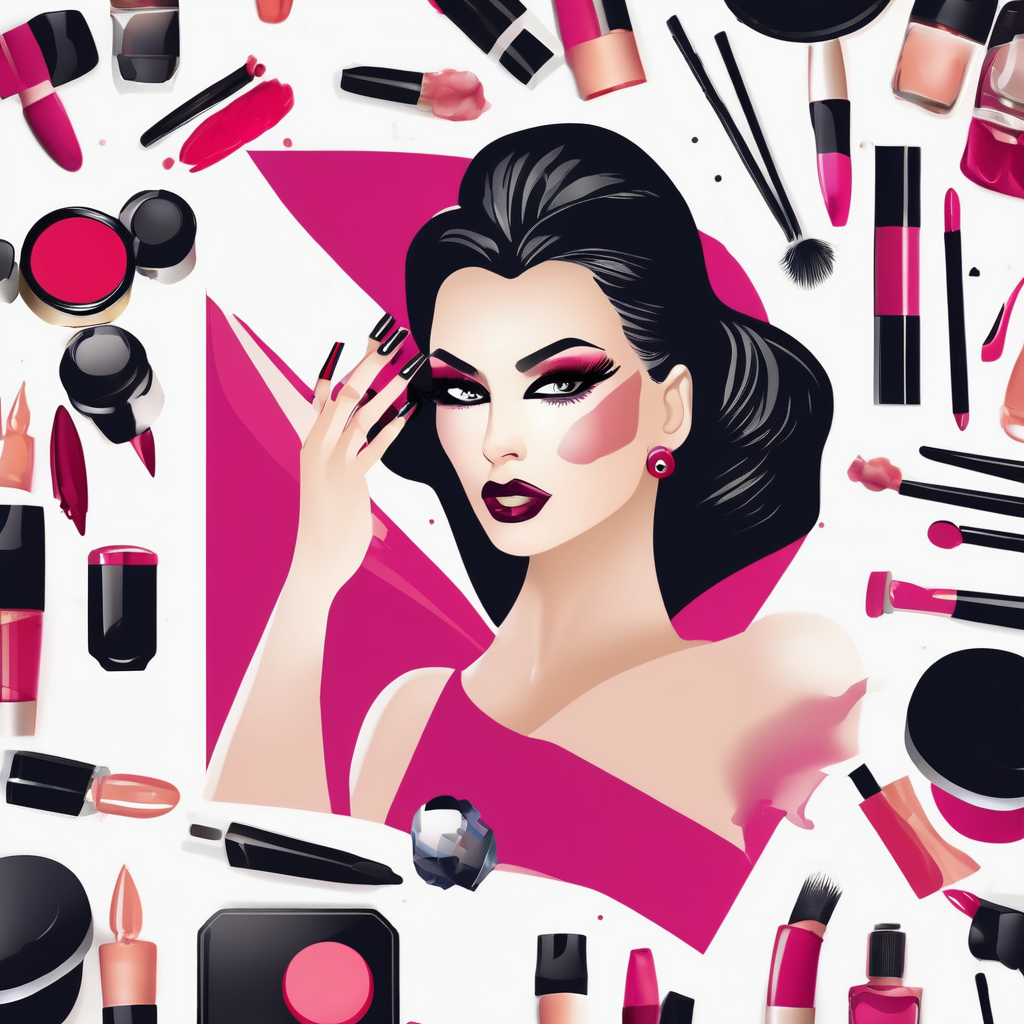The Interplay Between UK Fashion Trends and Women’s Social Movements
Fashion and women’s social movements in the UK have long maintained a dynamic relationship, where each influences the other. Historically, UK fashion trends have mirrored the evolving roles and aspirations of women, echoing changes in society’s expectations and women’s fight for equality. For example, during pivotal periods in UK women’s rights history, clothing choices reflected both subtle and overt statements of identity and resistance.
Fashion serves not merely as adornment but as a powerful medium for activism. Women have used apparel to communicate solidarity, challenge norms, and amplify their calls for change. This can be seen in the use of specific colours, styles, and symbolic dress codes that convey messages beyond words. UK fashion trends often capture the spirit of the social moment, making visible the progress or upheaval within women’s movements.
This might interest you : How Is Sustainability Influencing the Latest Trends in UK Women’s Fashion?
Moreover, the relationship works in reverse: social movements frequently inspire new fashion directions, provoking designers and consumers to rethink aesthetics through the lens of change. Understanding this interplay highlights how UK fashion trends and women’s social movements have together shaped cultural and political landscapes.
Notable Historical Fashion Trends Aligned with Women’s Movements
Suffragette fashion in the UK notably employed colours like purple, white, and green to symbolize dignity, purity, and hope. These colours became a powerful visual statement during protests and rallies, uniting women in the fight for the vote. The use of symbolic dress codes helped communicate solidarity while challenging societal expectations, making fashion a tactical tool in women’s social movements.
Also to discover : How Can British Women Stay Ahead of Fashion Trends This Season?
The 1920s flapper era marked a dramatic shift in UK fashion trends, aligning with broader changes in women’s roles. Flapper fashion—with its dropped waistlines, shorter skirts, and bobbed hair—embodied newfound freedoms and rebellion against Victorian constraints. This trend went beyond aesthetics, reflecting the emerging voice of women in the public sphere and their pursuit of independence.
In the 1960s, UK fashion trends once again mirrored women’s social activism with the explosive popularity of the miniskirt. Seen as a symbol of empowerment and youth culture, this style challenged conservative attitudes and embraced liberation. Each of these historical points highlights how UK fashion trends have continuously served as a mirror and a motor for women’s social movements throughout UK women’s rights history.
Contemporary Examples of Fashion and Activism in the UK
Modern UK fashion activism has become a vibrant platform where style meets political statements. One prominent trend is the rise of slogan tees and protest dressing, which boldly communicate messages of feminist ideals and social justice. These garments transcend mere apparel, becoming tools that amplify women’s social movements in everyday life.
Fashion designers and influencers in the UK are increasingly embracing activism, blending creativity with advocacy. They champion causes ranging from gender equality to environmental sustainability, using their collections and public voices to elevate social issues. Collaborations between fashion brands and charitable organizations or campaigns represent a strategic fusion of commerce and cause-driven action, making activism accessible to a wider audience.
This contemporary design approach not only reflects but also propels societal conversations about women’s rights. By weaving activism into aesthetics, modern UK fashion trends provide a dynamic method for individuals to participate in movements visually and vocally, reinforcing the interplay between fashion and social change that has characterized UK women’s rights history.
The Interplay Between UK Fashion Trends and Women’s Social Movements
UK fashion trends and women’s social movements share a dynamic, reciprocal relationship that shapes both cultural expression and political change. Historically, fashion in the UK has reflected the evolving roles of women within society, offering a visual narration of UK women’s rights history. For example, as women challenged traditional roles, their clothing choices often shifted to embody newfound freedoms or to make defiant statements.
Fashion acts as more than mere aesthetics—it is a vital medium for activism, helping women communicate their identities and demands in ways words alone cannot. During key moments in UK women’s social movements, apparel was intentionally designed or chosen to symbolize solidarity, resistance, and hope. This allowed movements to transcend spoken rhetoric, transforming clothing into a form of visual protest that resonates widely.
The influence is mutual: while women’s social movements inspire fashion’s thematic directions, evolving UK fashion trends also encourage societal conversations about gender and equality. This interplay reflects how strongly style and social change intertwine in the UK, creating layers of meaning that amplify voices within women’s rights history.
The Interplay Between UK Fashion Trends and Women’s Social Movements
The relationship between UK fashion trends and women’s social movements is profoundly interconnected, each shaping the other over time. Historically, fashion in the UK has served as a clear reflection of women’s changing societal roles. For instance, as women gained more rights and freedoms, their clothing evolved from restrictive garments to styles that symbolized empowerment and independence. This transformation offers a visual narrative of UK women’s rights history.
Fashion also operates as a potent medium for activism. Rather than merely choosing styles for aesthetics, women have intentionally used apparel to communicate political and social messages. Symbolic choices in dress have allowed movements to convey solidarity and resistance in public spaces, amplifying voices that might otherwise go unheard. This dual influence shows how fashion simultaneously reflects and propels social change in the UK.
Moreover, the reciprocal nature of this interplay means that evolving fashion trends can inspire new dialogues within women’s social movements, encouraging shifts in attitudes towards gender equality and rights. Ultimately, UK fashion trends do more than follow society — they actively participate in shaping it.
The Interplay Between UK Fashion Trends and Women’s Social Movements
The dynamic relationship between UK fashion trends and women’s social movements offers rich insights into how clothing reflects and shapes social change. Historically, shifts in women’s societal roles directly influenced fashion styles. For example, as UK women gained greater autonomy, fashion moved away from restrictive garments, adopting designs that symbolized empowerment and liberation. This historical context underscores fashion not merely as decorative but as a medium for activism.
Fashion serves as a visual language for political and social messages within UK women’s rights history. Women use fashion deliberately to convey solidarity, resistance, and identity during protests or public demonstrations. This tactic transforms garments into powerful tools that amplify the impact of social movements beyond spoken rhetoric.
The dual influence means that evolving social movements inspire fresh fashion trends, which in turn encourage societal conversations about gender equality. Through this cyclical interaction, UK fashion trends both reflect and propel the progress of women’s social movements, highlighting the profound synergy between cultural expression and political change.










